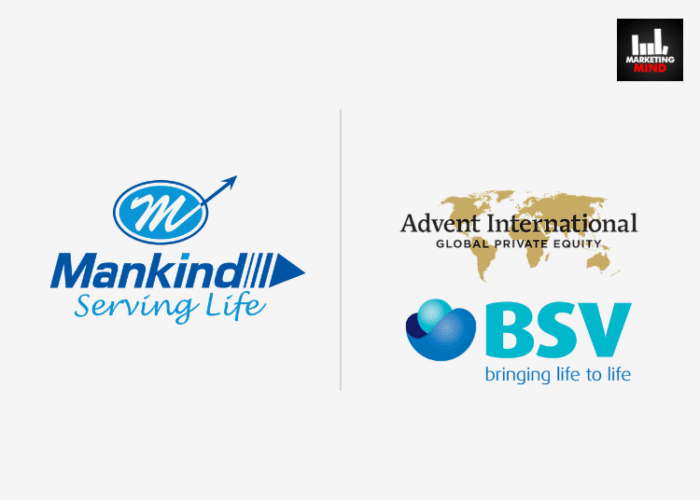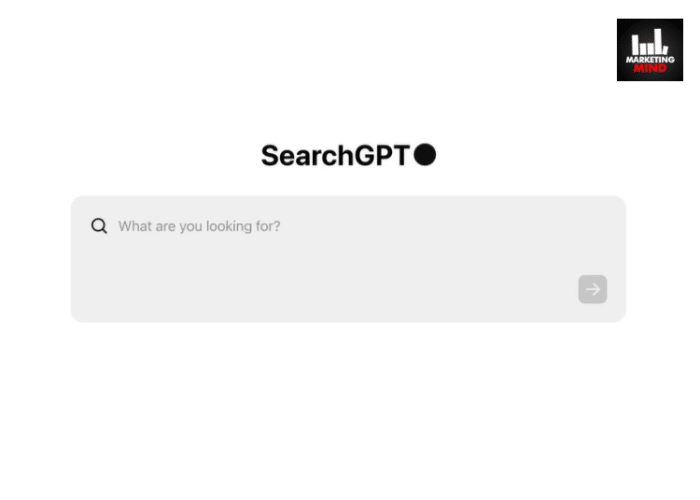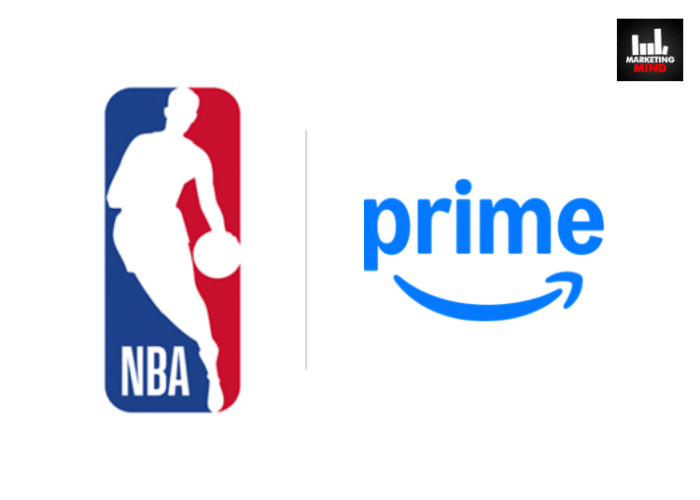Print publishers are riding a wave of optimism as they anticipate unprecedented growth in the print sector, with advertising revenue projected to reach an all-time high in 2024. The pivotal role played by the Lok Sabha elections has further fueled this surge, propelling many publishers to significant gains.
Industry leaders said that they see numerous opportunities for this sector to sustain and even accelerate its current growth trajectory.
As per the latest FICCI-EY report, print media is on a recovery path after covid, with newspapers and magazines both registering modest growth.
The report also highlighted that bucking the global trend, print continued to thrive in India. Advertising revenues grew 4% in 2023, with a notable growth in premium ad formats, as print remained a “go-to” medium for more affluent and non-metro audiences. Subscription revenues grew 3% on the back of rising cover prices.
Meanwhile, the Madison Advertising Report 2024, highlighted that in terms of absolute numbers print in 2014 was at Rs 15,274 crore and today after 10 years is at Rs 19,250 crore which means a CAGR of 2%.
Projected Trajectory of Print Sector Growth
As per the FICCI-EY report, the print sector will reach a steady state with a loyal reader base within the next three years, most of which will probably come from the growing base of educated people entering the workforce who need news and information to build their careers, as against faithful audiences ageing.
The report also mentioned that the print segment can grow to Rs 288 billion by 2026, at a CAGR of 3.4%, on the back of premium advertising focusing on hard-to-reach affluent audiences, and cover price increases in certain markets.
“We expect to see a 25% growth in average newspaper cover prices by 2025,” the report stated.

In a conversation with Marketing Mind, Vareesh Tiwari, Chief Operating Officer (COO) – Rajasthan, Dainik Bhaskar Newspaper Group, highlighted the growing prominence of print media in the country, particularly Indian language print media. He noted that both traditional and newer categories are embracing print as the preferred medium for their market focus campaigns.
“Besides, this year we have to focus on deeper penetration into various upcoming segments which are such as solar, MSME, jewellery and other lifestyle categories, which are now advertising, but have limited spending on print media,” he added.
Striking a similar tone, Sivakumar Sundaram, CEO (Publishing), BCCL, mentioned that the print media business in India continues to show robust performance after the strong recovery from Covid.
“We continue to have deep reach, benefiting from affordable subscription and morning home delivery. We continue to shape public opinion on the most important topics, with disproportionate influence due to our affinity with affluent consumers, influencers, and decision-makers. Print, especially after Covid has firmly established itself as the most trusted source of news and opinion, in a world filled with fake news and biassed opinions,” Sundaram said.

“Print media has always remained in touch with the pulse of the country, with unique content in our local editions, based on reader interest. And, we continue to be an integral part of the morning routine for hundreds of millions of readers, due to ingrained reading habits,” he added.
Furthermore, he went on to say that print media continues to invest in journalism and in bringing technology to newsrooms. It continues to scale up subscriptions and invest in timely distribution to the readers. In many ways, newspapers are the only medium in India to remain insulated from the challenges of big tech.
The FICCI-EY report highlighted that advertising revenues were still 14% below pre-covid levels as rates remained impacted and had not recovered.
Speaking about pre-covid levels, Tiwari also echoed similar sentiments, saying, “Looking at the economic indicators it seems that worst is over and at present we are standing at inflection point where we see generic demand in education, real estate, travel and tourism, healthcare, lifestyle, dining etc. so there is an ‘India Growth’ story which will begin after the brief halt of covid and this year almost all segments will see the pre-covid ad spends.”
Speaking about some of the strategies he said, “Upsell the existing potential customers the other editions to ensure revenue growth. Market penetration – Creating a segment universe and then increasing the penetration by driving activation and reaching out to newer markets and categories – We will expand the reach into territories where we are not present or do not have major penetration. We are also planning to open new categories.”
The Madison Advertising Report 2024 mentioned that they expect the print sector to grow by 7% in 2024 against an expected degrowth in print of -4% in global adex. With this growth, print should cross Rs 20,000 crore and will finally surpass the pre-covid 2019 figures.
“Many would say our print forecast is optimistic. But we believe print continues to be the first port of call of many conservative family-managed small businesses and the ever-expanding retail sector. Print will get a big boost with the Parliamentary elections as print is a favourite of politicians and political parties and space for political campaigns is sold at a substantial premium over rates charged to brands,” it added.
Furthermore, the report highlighted that it is expected that with this projected growth, print will hold its market share of 19%. If this projection comes true, 2024 will be the first year after a gap of 13 years when print market share will hold steady over two years. All these 13 years print share has marginally declined, year on year.
Expected Growth in Number of Advertisers and Revenue
As per the FICCI-EY report, advertising accounted for 67% of total print segment revenues. Moreover, advertising will grow at a 4.7% CAGR, driven by access to increasingly elusive affluent audiences and premium inventory formats.
Sundaram emphasised that print media continues to be a strong evergreen medium for advertisers who are looking to build trust and credibility for their brands.
“We continue to bring innovation to print advertising and increase the impact for our advertisers. Print advertising revenue in 2024 is expected to be an all-time high,” Sundaram stated.
“As per Madison’s report, print continues to hold its fort in India. Print advertising has consistently grown from Rs 16,595 crore in 2021 to Rs 18,470 crore in 2022 and Rs 19,250 crore in 2023. Moreover, print advertising will continue to grow 7% to Rs 20,613 crore in 2024 and this would be an all-time high,” he added.
Tiwari stated that looking at last year’s momentum, this year’s growth in tier 2 and 3 cities should be in double digit on the back of continuing strong GDP growth.
With positive signs across various economic indicators such as increased per capita income, a doubling of housing sales in the first half of the year, a strong double-digit CAGR in the education sector, and record-high passenger car sales in India last year, along with a twofold increase in DMAT accounts and investments in mutual funds, it is anticipated that with a stable government next year will further bolster the growth of the Indian economy. This growth is expected to generate additional revenues for the print advertisers.
“The growth last was near double digit across categories and specially in real estate and education it was over double digit in print business,” he added.
Key Advertising Categories in Print Media
The Madison Advertising Report 2024, stated that auto, FMCG, education, retail and real estate contribute 50% to Print adex. In 2023, auto was the leader of the pack with 14% Share and contributed most to the growth of Print adex. Travel and Tourism, BFSI, corporate and clothing, fashion and jewellery have also contributed well to the growth of print.
Tiwari stated that in the past year, some categories that exhibited strong advertising presence in print media were real estate, education, healthcare, jewellery, and lifestyle.
“Real estate advertising will grow in strong double digits this year, corresponding to real estate market growth. Meanwhile, education advertising will also see an upsurge. However, healthcare has experienced a period of stagnation recently. However, with the implementation of a penetration strategy this year, it will grow in double digits. We can also see a surge in jewellery advertising since all the top brands are moving to tier 2 and tier 3 markets due to potential and low establishment cost,” he added.
Meanwhile, Sundaram said that several categories like auto, BFSI, real estate, retail, telecom, consumer durable and FMCG continue to invest heavily in print advertising. Print continues to be the preferred medium for government and corporate advertising including financial services and IPOs.
“We had a boost from the Lok Sabha elections with an increase in government and political advertising in the first quarter. With the expectation of a stable Government post-election, there would be increased optimism in the economy, resulting in higher advertising spends from corporates and businesses in several sectors,” Sundaram said.
“When new economic sectors increase their advertising again to re-establish credibility, we believe that we will benefit disproportionately from that investment. With the ongoing Lok Sabha elections, readers will seek trusted sources of news, advertisers will want to stay away from unverified fake news, and the newspaper industry with curated content and credibility will indeed benefit as a result,” he added.













